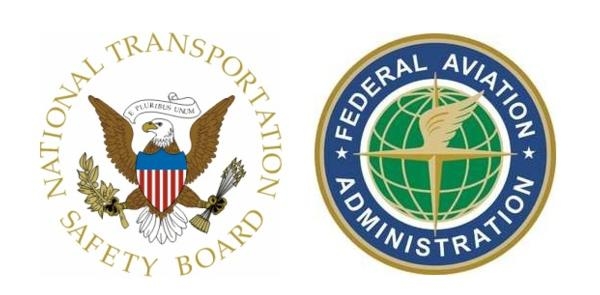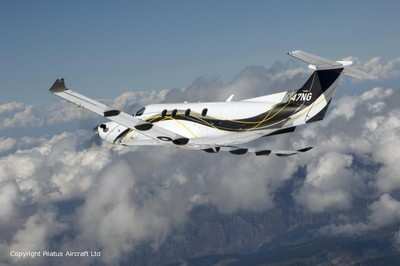If Additives Are Required, Board Says Flight Manuals Should Say
So
The NTSB has issued a series of recommendations to the FAA
dealing with certification requirements for aircraft requiring fuel
additives, including fuel system icing inhibitors. The board says
those limitations should be highlighted by a warning in the
limitations section of the airplane flight manual.

The recommendation stems from an accident On March 22, 2009,
about 1432 mountain daylight time, in which a Pilatus PC-12/45,
N128CM, was diverting to Bert Mooney Airport (BTM), Butte, Montana,
when it crashed about 2,100 feet west of runway 33 at BTM. The
pilot and the 13 airplane passengers were fatally injured, and the
airplane was substantially damaged by impact forces and a postcrash
fire. The airplane was owned by Eagle Cap Leasing of Enterprise,
Oregon, and was operating as a personal flight under the provisions
of 14 Code of Federal Regulations (CFR) Part 91. The flight
departed Oroville Municipal Airport (OVE), Oroville, California, on
an instrument flight rules flight plan with a destination of
Gallatin Field, Bozeman, Montana (BZN). Visual meteorological
conditions prevailed at the time of the accident.
The NTSB determined that the probable cause of this accident was
the pilot’s failure to ensure that a fuel system icing
inhibitor was added to the fuel before the flights on the day of
the accident; his failure to take appropriate remedial actions
after a low fuel pressure state (resulting from icing within the
fuel system) and a lateral fuel imbalance developed, including
diverting to a suitable airport before the fuel imbalance became
extreme; and a loss of control while the pilot was maneuvering the
left-wing-heavy airplane near the approach end of the runway.
Pilatus PC-12 File Photo

As a result of the accident, the board has further recommended
that the FAA require all existing certificated aircraft (both newly
manufactured and in-service aircraft) that require fuel additives,
including fuel system icing inhibitors, to have those limitations
highlighted by a warning in the limitations section of the airplane
flight manual, and amend aircraft certification fuel placarding
requirements so that aircraft requiring fuel additives, including
fuel system icing inhibitors, have a fuel filler placard that notes
this limitation and refers to the airplane flight manual for
specific information about the limitation.
Finally, the board recommends that the FAA require all existing
certificated aircraft (both newly manufactured and in-service
aircraft) that require fuel additives, including fuel system icing
inhibitors, to have a fuel filler placard that notes this
limitation and refers to the airplane flight manual for specific
information about the limitation, and issue guidance on fuel system
icing prevention that includes pilot precautions and procedures to
avoid fuel system icing problems aboard turbine engine-powered
aircraft and describes the possible consequences of failing to use
a fuel system icing inhibitor, if required by the airplane flight
manual, especially during operations at high altitudes and in cold
temperatures.
 ANN's Daily Aero-Term (04.25.24): Airport Rotating Beacon
ANN's Daily Aero-Term (04.25.24): Airport Rotating Beacon ANN's Daily Aero-Linx (04.25.24)
ANN's Daily Aero-Linx (04.25.24) Klyde Morris (04.22.24)
Klyde Morris (04.22.24) Airborne 04.24.24: INTEGRAL E, Elixir USA, M700 RVSM
Airborne 04.24.24: INTEGRAL E, Elixir USA, M700 RVSM Airborne 04.22.24: Rotor X Worsens, Airport Fees 4 FNB?, USMC Drone Pilot
Airborne 04.22.24: Rotor X Worsens, Airport Fees 4 FNB?, USMC Drone Pilot




